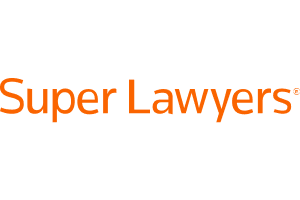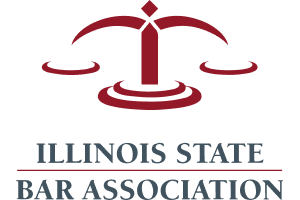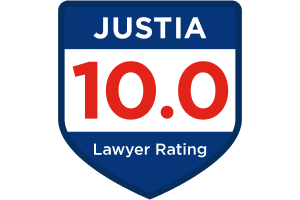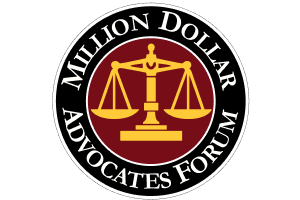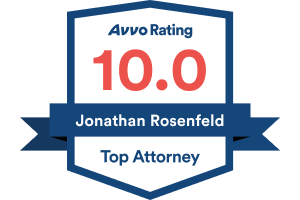- 24/7 Free Consultation: (888) 424-5757 Tap Here To Call Us
Chicago Slip and Fall Injuries

Slip and fall injuries are a prevalent concern for individuals of all ages, and they are a significant source of premises liability claims. These incidents occur in a variety of settings, including workplaces, public spaces, and private residences, often resulting in serious injuries such as fractures, sprains, and head injury.
Understanding the underlying causes of slip and fall accidents is crucial for both preventing these occurrences and addressing liability when accidents do happen.
Causes of Slip and Fall Accidents
Slip and fall accidents can result in a variety of serious injuries. Understanding the common causes of these fall accidents can help property owners implement proper precautions to reduce liability and allow victims to understand when they might have a claim.
Here are some of the leading causes of slip and fall incidents:
- Wet or Slippery Floors
- Uneven Surfaces
- Torn Carpeting
- Icy Sidewalks
- Inadequate Lighting
- Debris or Clutter
- Lack of Handrails
- Failure to Warn of Hazards
It is essential for victims to understand their legal rights and talk to a slip anf fall lawyer to ensure they receive appropriate compensation for their injuries.
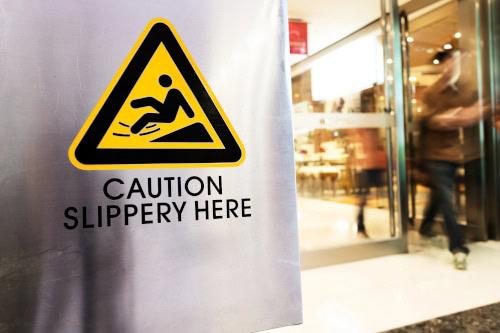
Common Slip and Fall Injuries
Slip and fall accidents can result in a wide array of injuries that may require immediate medical attention. Understanding the common types of injuries from slips and falls can help injured parties seek appropriate medical care and consider personal injury claims against responsible parties.
Broken Bones
Slip and fall incidents frequently lead to broken bones, especially in vulnerable areas like the wrist, ankle, hip, and spine. Falls often happen on slippery floors or uneven surfaces when the owner fails to maintain their property.
Hip fractures are common injuries among elderly fall victims, leading to significant medical expenses and long recovery times. Spine fractures, though less frequent, can have severe repercussions on mobility and overall health, sometimes leading to chronic pain.
Head and Traumatic Brain Injuries
Head injuries are among the most serious consequences of a slip and fall accident. A direct impact from a fall can cause a traumatic brain injury (TBI), which might permanently alter the injured person’s cognitive and physical abilities.
Even a seemingly minor brain trauma can lead to significant long-term effects, highlighting the urgency of seeking emergency room treatment.
Spinal Cord Injuries
Spinal cord injuries from falls can lead to debilitating conditions, including paralysis. These injuries, although less common, are incredibly serious and require immediate medical attention. Damage to the spinal cord can lead to nerve damage and other complications that may result in diminished quality of life and increased medical costs.
Soft Tissue Injuries
Soft tissue injuries, such as sprains, strains, and contusions, are widespread in slip and fall accident cases. These injuries often occur due to the awkward twisting or sudden impact during a fall. While they might seem less severe than broken bones, without proper medical care, they can lead to chronic pain, high medical bills, and extended recovery periods.
Lacerations and Abrasions
Slip and fall accidents can also result in lacerations and abrasions, which are cuts and scrapes that can lead to infection if not properly treated. These injuries can occur when a person falls on a rough or sharp surface. Immediate medical intervention is necessary to clean and bandage wounds to prevent complications.
The injured person has the right to pursue legal action if the fall accident was caused by a property owner’s negligence. In doing so, they may receive compensation for the injuries they sustained.
Liability in Slip and Fall Injury Cases
Understanding liability in slip and fall cases is crucial, as these incidents often result in serious injuries. A slip and fall accident can lead to a range of physical injuries, including broken bones, dislocated shoulders, and even traumatic brain injuries. Understanding a little bit about how these cases work is important for victims.
Premises Liability
Premises liability is a legal concept that holds property owners accountable for maintaining a safe environment on their premises. Property owners have a duty to ensure that conditions on their property do not pose an undue risk to visitors.
This duty includes addressing potential hazards, such as wet floors, or providing adequate warning signs if the floor isn’t cleaned right away. Other responsibilities include shoveling snow off of sidewalks during inclement weather.
When a slip and fall incident occurs due to a property owner’s negligence in maintaining safety equipment or failing to address a hazardous condition, they may be held liable for the injuries sustained by the injured person.
Negligence
In slip and fall injury cases, proving negligence is essential in determining liability. To establish negligence, you and your lawyer must establish four elements: duty of care, breach of that duty, causation, and damages.
The property owner must have breached their duty of care by allowing a hazardous condition, such as a slippery floor, to exist, which in turn directly caused the fall accident and led to injuries like broken bones or other common injuries.
If the victim can prove that these injuries led to tangible damages and financial loss, the property owner can be held responsible for the victim’s medical expenses and other damages.
Comparative Negligence
Comparative negligence can impact the compensation awarded in a slip and fall case if the injured person is found to be partially at fault. This legal principle assesses the level of fault attributable to each party involved in the fall incident and then reduces the compensation accordingly.
For example, if a fall accident occurred due to a slippery floor but the injured person was not exercising caution and had an accident partially due to their own negligence, the victim’s compensation would be adjusted to reflect their share of the responsibility.
Seeking Compensation for Slip and Fall Injuries
Slip and fall accidents on someone else’s property can cause serious injury, such as broken bones or traumatic brain injuries. As these fall accidents occur, they commonly result in necessary trips to emergency rooms, making it crucial for victims to understand the process of seeking compensation for their losses.
Types of Damages
Victims of slip and fall accidents may be entitled to various types of damages. These can include:
- Medical Expenses
- Lost Wages
- Pain and Suffering
- Loss of Enjoyment of Life
The Claims Process
Navigating the claims process for a slip and fall incident requires a comprehensive understanding of legal procedures and rights. Below is a brief overview:
- Gathering Evidence: This includes collecting accident reports, medical records, witness statements, and photographs of the accident scene.
- Negotiating with Insurance Companies: Insurance companies may offer a settlement, but it is important to have an experienced attorney review the offer before accepting or negotiating for a higher amount.
- Potential Litigation: If a settlement is not reached, the case may proceed to court, where formal legal proceedings are conducted to resolve the claim.
The Role of a Personal Injury Lawyer
Working with a personal injury attorney can be a critical part of navigating a successful slip and fall case. An experienced attorney helps collect evidence, negotiate with insurance companies, and provide representation in legal proceedings if necessary.
Working with a lawyer can alleviate the stress and burden of handling the claims process alone.
Preventing a Slip and Fall Accident
Slip and fall accidents are one of the most common causes of injury on someone else’s property, often resulting in a broken bone and other severe injuries.
Falls are a leading cause of injuries among older adults. Specifically, one out of every four older adults falls each year, and falls account for a significant number of accidental deaths and hospital visits each year. [1]
Both property owners and individuals have vital roles to play in preventing these accidents and minimizing their occurrence through proactive measures.
Property Owner Responsibilities
Property owners have a duty to maintain a safe environment to prevent slip and fall accidents. Here are essential measures they should take:
- Regular Inspections: Conduct frequent assessments of the property to identify and address potential hazards promptly.
- Prompt Repairs: Fix issues like leaking roofs, uneven walkways, or broken steps immediately to prevent accidents.
- Adequate Warnings: When hazards cannot be fixed quickly, provide clear and visible warning signs to alert individuals of potential danger.
Individual Precautions
While property owners are responsible for maintaining safety, individuals must also take precautions to ensure their own safety and avoid accidents:
- Wear Appropriate Footwear: Choose shoes with good traction to prevent slipping, particularly in wet or icy conditions.
- Be Aware of Surroundings: Stay alert to potential hazards, such as wet floors or uneven ground, especially in unfamiliar environments.
- Exercise Caution: Move carefully in areas with poor lighting or high traffic to minimize the risk of falling.
By taking these actions, both property owners and individuals can reduce the likelihood of slip and fall accidents.
Secure Expert Legal Representation

If you’ve been involved in a slip and fall accident, consulting with a qualified slip and fall injury lawyer can be crucial. At Rosenfeld Injury Lawyers, our Chicago law team specializes in personal injury cases and can assess your claim to determine potential compensation.
Call (888) 424-5757 or complete our online contact form today to talk about your slip and fall accident.
Resources: [1] CDC
All content undergoes thorough legal review by experienced attorneys, including Jonathan Rosenfeld. With 25 years of experience in personal injury law and over 100 years of combined legal expertise within our team, we ensure that every article is legally accurate, compliant, and reflects current legal standards.
